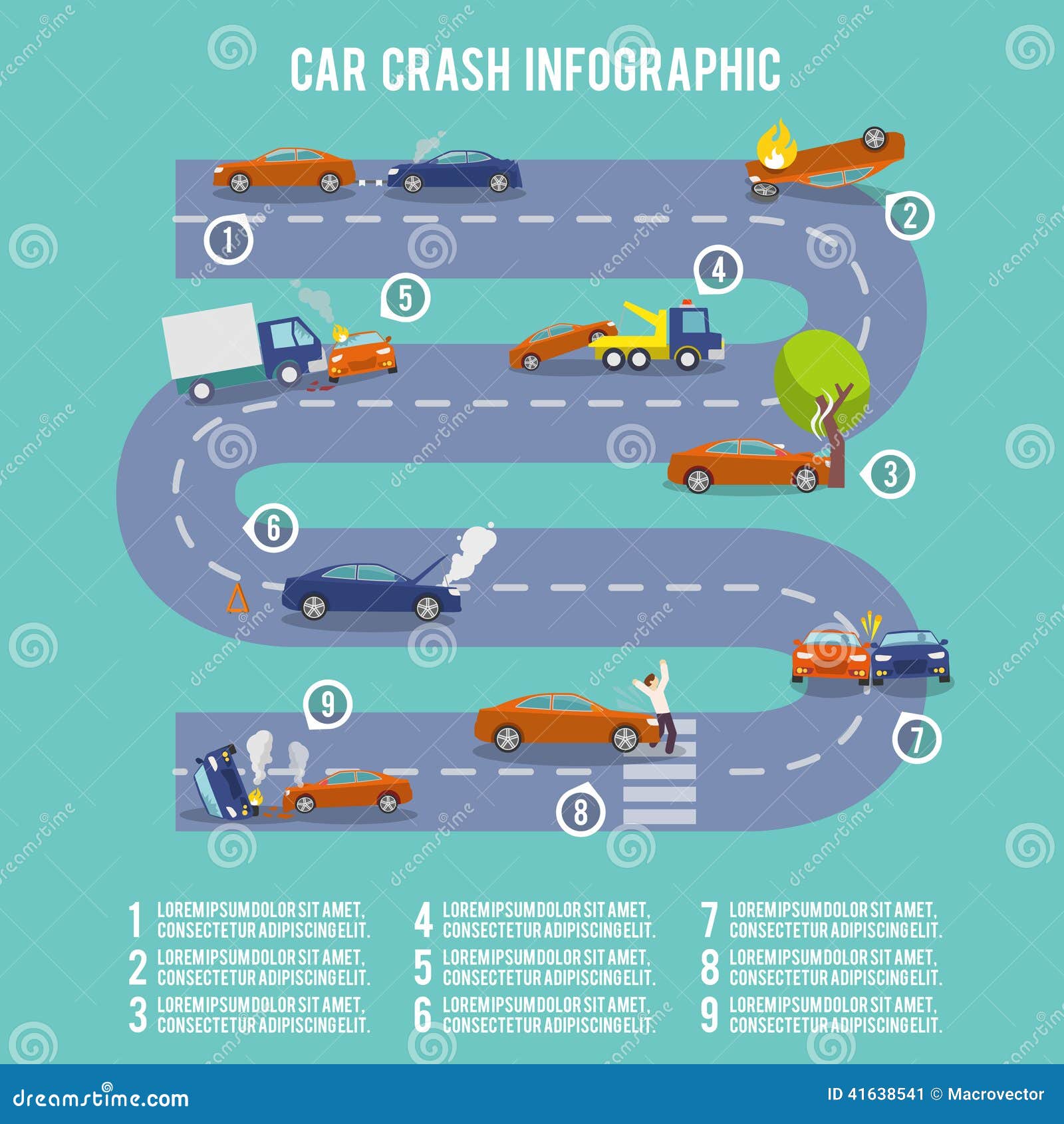Comprehending The Value Of Your Automobile'S Warning Signals: What They In Fact Represent
Comprehending The Value Of Your Automobile'S Warning Signals: What They In Fact Represent
Blog Article
Authored By- https://www.enidnews.com/news/local_news/work-to-affect-motorists-in-parts-of-enid/article_f76e2e5e-0c62-11ed-81ca-b3a8fd133135.html
When you're behind the wheel, those glowing warning lights on your dashboard can be a bit puzzling. Do you understand what they're trying to tell you concerning your auto's wellness? Recognizing the significance of these lights is vital for your safety and security and the durability of your vehicle. So, the next time among those lights pops up, wouldn't you intend to decode its message precisely and take the needed steps to address it?
Common Caution Lights and Interpretations
Identify usual caution lights in your car and understand their significances to make certain risk-free driving.
https://front-brakes-and-rotors30627.ambien-blog.com/37580933/finding-regional-quality-a-journey-to-quality-vehicle-repair-work-shops-near-you of the most normal caution lights include the check engine light, which indicates issues with the engine or discharges system. If this light begins, it's crucial to have your vehicle checked quickly.
The oil pressure cautioning light suggests low oil stress, needing prompt interest to avoid engine damage.
A flashing battery light might suggest a damaged billing system, possibly leaving you stranded otherwise resolved.
The tire stress monitoring system (TPMS) light alerts you to reduced tire stress, influencing automobile stability and gas efficiency. Neglecting https://kameronbtmfy.like-blogs.com/31080645/just-how-automobile-explaining-impacts-resale-worth-a-review-of-pertinent-researches might lead to dangerous driving conditions.
https://brake-check06283.ourcodeblog.com/31357538/the-influence-of-vehicle-outlining-on-resale-value-what-researches-show indicates a problem with the anti-lock stopping system, compromising your capacity to stop promptly in emergency situations.
Last but not least, the coolant temperature cautioning light warns of engine overheating, which can cause severe damages if not solved quickly.
Comprehending these common caution lights will certainly assist you deal with concerns immediately and maintain risk-free driving conditions.
Significance of Prompt Focus
Comprehending the usual caution lights in your vehicle is only the primary step; the relevance of immediately attending to these warnings can not be stressed sufficient to ensure your safety when traveling.
When a caution light illuminates on your control panel, it's your vehicle's method of interacting a possible issue that needs attention. Ignoring these cautions can cause extra severe issues later on, jeopardizing your safety and possibly costing you more in repairs.
Motivate attention to alerting lights can stop breakdowns and mishaps. For example, a flashing check engine light can suggest a misfire that, if left unattended, can trigger damage to the catalytic converter. Resolving this without delay can conserve you from a pricey fixing.
Likewise, a brake system alerting light may signify reduced brake fluid or worn brake pads, critical elements for your safety and security when driving.
Do It Yourself Troubleshooting Tips
If you discover a caution light on your control panel, there are a couple of do it yourself fixing suggestions you can attempt before looking for expert help.
The primary step is to consult your automobile's manual to comprehend what the certain caution light suggests. Sometimes the concern can be as easy as a loosened gas cap setting off the check engine light. Tightening the gas cap may fix the trouble.
Another usual concern is a low battery, which can set off various alerting lights. Checking the battery links for corrosion and ensuring they're secure could repair the issue.
If a warning light continues, you can attempt resetting it by disconnecting the car's battery for a few mins and afterwards reconnecting it. Furthermore, inspecting your vehicle's liquid degrees, such as oil, coolant, and brake liquid, can assist repair advising lights associated with these systems.
Conclusion
In conclusion, recognizing your automobile's caution lights is essential for maintaining your vehicle running efficiently and securely. By without delay dealing with these informs and recognizing what they mean, you can prevent expensive repair services and possible break downs.
Keep in mind to consult your automobile's manual for certain information on each alerting light and do something about it accordingly to guarantee a hassle-free driving experience.
Remain notified, stay secure when traveling!
